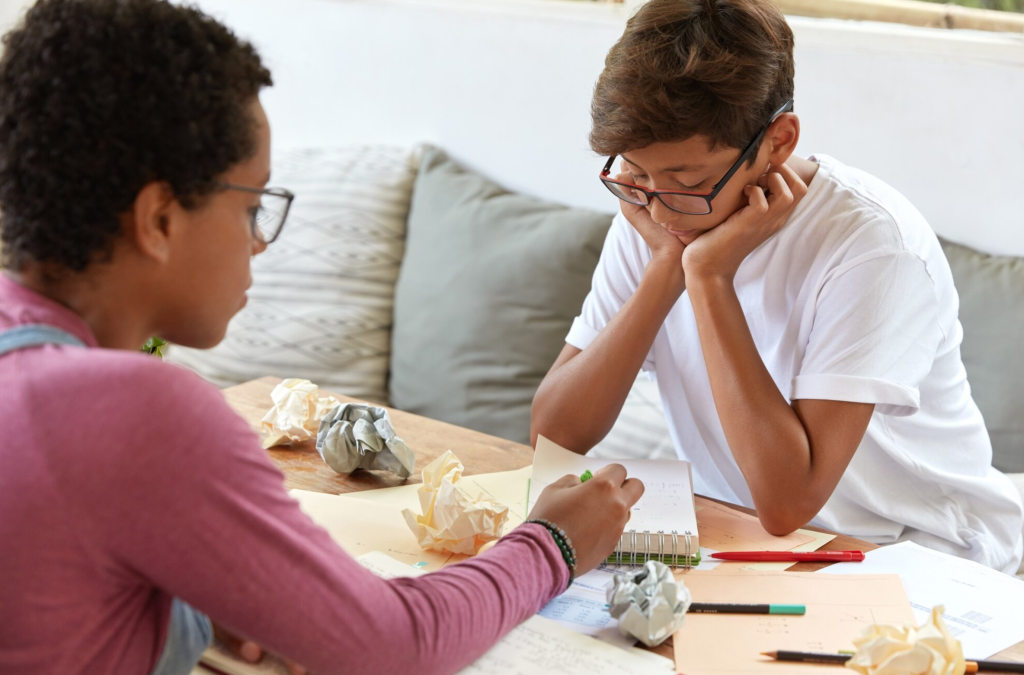🌍 Insights From Around the World on Living With Less Worry
In our fast-paced, hyper-connected world, anxiety feels like a constant companion for many. But not all cultures experience stress in the same way. In fact, some societies report strikingly low levels of anxiety, even when facing the same economic or political pressures.
What are these cultures doing differently? And more importantly—what can they teach us about control, mindset, and peace of mind?
Let’s take a global tour to find out.

🧭 Reframing Control: The Core of Anxiety
At its root, anxiety often stems from one thing: a perceived lack of control. Whether it’s over time, outcomes, or others’ expectations, we tend to feel most anxious when we believe we should have control—but don’t.
Interestingly, cultures with lower anxiety levels tend to have a healthier, more flexible relationship with control. They emphasize letting go, focusing on what can be done in the moment, and trusting the process.
🌺 What Low-Anxiety Cultures Teach Us
1. Japan: Finding Calm in Ritual and Nature
Japan, despite being a high-tech, densely populated country, exhibits notably low anxiety levels among older adults. One reason? Cultural values like “mono no aware” (the gentle sadness of impermanence) and strong community rituals.
Key lessons:
- Embrace the beauty of impermanence—nothing lasts forever, and that’s okay.
- Regular rituals and routines create structure and predictability, which helps reduce worry.
- Nature is seen not as a luxury but as a healing necessity—many Japanese people routinely walk, garden, or sit quietly outdoors.
Takeaway: Accepting transience and focusing on present-moment beauty helps reduce the need for control.
2. Denmark: Hygge and the Power of Coziness
Denmark consistently ranks among the world’s happiest and least anxious nations. Much of that stems from “hygge,” a cultural concept that prioritizes comfort, connection, and simplicity.
Key lessons:
- Make your environment nurturing—a cozy room, warm lighting, or soft textures can lower your stress response.
- Focus on small joys, like a warm drink or good conversation.
- Work-life balance is sacred—there’s a cultural respect for boundaries and rest.
Takeaway: When life feels safe and cozy, the nervous system naturally relaxes—and control stops feeling like a survival need.
3. India: Surrendering Through Spiritual Practice
Despite facing economic and infrastructural challenges, India has many pockets of people who experience less existential anxiety—especially those engaged in spiritual or meditative traditions like yoga or Vedanta.
Key lessons:
- The practice of “surrender” (Ishvarapranidhana) is central—learning to release the illusion of total control and trust a bigger rhythm.
- Daily meditation and breathing practices teach the mind to calm itself from within.
- Community and spirituality are tightly woven together—offering purpose, belonging, and context.
Takeaway: When you stop trying to control everything, you start feeling free.
4. Indigenous Cultures: Living in Rhythm With Nature
Many Indigenous communities, such as the Inuit in the Arctic or the San people of Southern Africa, report low levels of chronic anxiety—despite living in challenging environments.
Key lessons:
- Life is lived in rhythmic alignment with nature, not artificial schedules.
- Decisions are made collaboratively, reducing the burden of individual control.
- There’s a deep-rooted belief in shared responsibility and harmony.
Takeaway: When your life mirrors natural rhythms, stress naturally decreases.
🔄 Shifting Our Own Relationship With Control
Now that we’ve learned from these cultures, how can we apply their wisdom to our own lives?
Here are a few ways:
🌿 1. Adopt Daily Rituals
Start and end your day with small, grounding practices: lighting a candle, making tea, walking outside. These anchors create stability.
🙏 2. Practice Letting Go
Ask yourself daily: What am I trying to control right now that I actually can’t? Then breathe into the release.
👥 3. Create Safe Spaces
Design your home or workspace to feel emotionally safe and calming. Think soft lighting, natural elements, or photos of loved ones.
🧘 4. Try a Surrender Practice
Explore meditation, journaling, or spiritual reflection—not for answers, but for inner peace with not knowing.
🌐 5. Engage in Community
Find ways to regularly connect, even casually, with others. Shared experiences help distribute emotional weight.
💡 Final Thoughts: Control Isn’t Peace—Acceptance Is
Cultures with low anxiety don’t have fewer challenges. What they have is a different lens—a way of seeing the world that doesn’t revolve around controlling every outcome.
They teach us that peace comes not from domination, but from participation—from being part of something larger, more rhythmic, and more forgiving than we often allow ourselves to imagine.
So, the next time anxiety creeps in, pause and ask: What would someone in Japan, Denmark, or an Indigenous village do right now? The answer might just shift your entire mindset.






